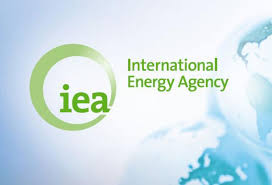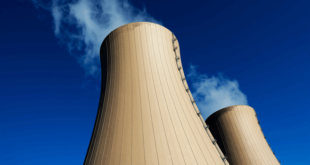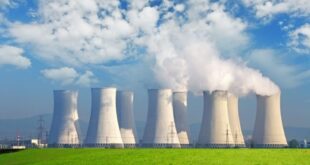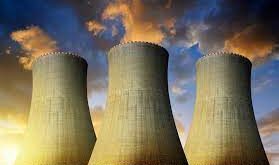The International Energy Agency (IEA) says clear and consistent policy support is needed if nuclear power is to significantly expand its contribution to the global transition to clean energy sources. Policies are required to address uncertainties in investing in new nuclear power plants and to avoid the premature closure of existing reactors. the Paris-based agency says in its annual report. Energy Technology Perspectives 2017.
The IEA`s main scenario – the 2 Degree Scenario (2DS) – demonstrates the actions needed in the energy sector to limit the rise in global temperatures to no more than 2°C.
The IEA says the report `highlights that decisive policy actions and market signals will be needed to drive technological development and benefit from higher electrification around the world. Investments in stronger and smarter infrastructure. including transmission capacity. storage capacity and demand side management technologies are necessary to build an efficient. low-carbon. integrated. flexible and robust energy system.`
Current government policies are not enough to achieve long-term global climate goals. the IEA says. Of the 26 technologies it assessed. only three `remain `on track` to meet climate objectives`. Substantial progress has been made in technology areas that have received clear policy support.
`Policies to support energy technology innovation at all stages. from research to full deployment. will be critical to reap [the] energy security. environmental and economic benefits of energy system transformations.` the IEA says.
The report notes that 10 GWe of new nuclear generating capacity was added in 2016 – the highest level since 1990. Construction of a further 3.2 GWe of capacity was started last year. This is down from 8.8 GWe in 2015. and average 8.5 GWe over the past decade. However. the IEA says annual capacity additions of 20 GWe are needed to meet the 2DS targets. It warns that the premature closure of operational reactors remains a `major threat` to meeting those targets. Up to 50 GWe could be lost by 2025. it suggests.
`Without action to address these reductions due to non-technical factors. the capacity will more likely be 70 GWe to 90 GWe short of the 2025 2DS target. unless annual grid connections double compared with the 2016 rate.`
The agency recommends governments `provide clear and consistent policy support for existing and new capacity that includes nuclear power in clean energy incentive schemes and that encourages its development in addition to other clean forms of energy.` It adds. `Efforts are needed to reduce the investment risk due to uncertainties. such as licensing and siting processes that have clear requirements and that do not require significant capital expenditure prior to receiving a final approval or decision.`
World Nuclear Association Director-General Agneta Rising said. `The IEA`s report is clear: nuclear needs to be a major source of clean energy. reliably supplying the world`s future requirements.`
The World Nuclear Association has developed its own vision for the future of electricity. referred to as Harmony. This is based on the IEA`s 2DS scenario which aims to avoid the most damaging consequences of climate change and requires a large increase in nuclear energy. Harmony envisages a diverse mix of low-carbon generating technologies deployed in such a manner that the benefits of each are maximised while the negative impacts are minimised. The association`s target for nuclear energy is to provide 25% of electricity in 2050. requiring roughly 1000 GWe of new nuclear capacity to be constructed.
Rising said. `The IEA`s more ambitious scenario requires deployment of largely untested technologies. such as carbon capture and storage. on a massively expanded scale. Nuclear energy has a proven track record in supplying clean energy and can be expanded quickly. The Harmony goal is a practical and achievable goal that would help ensure the IEA`s emission reduction goals are met.`

 Iran Energy News Oil, Gas, Petrochemical and Energy Field Specialized Channel
Iran Energy News Oil, Gas, Petrochemical and Energy Field Specialized Channel



